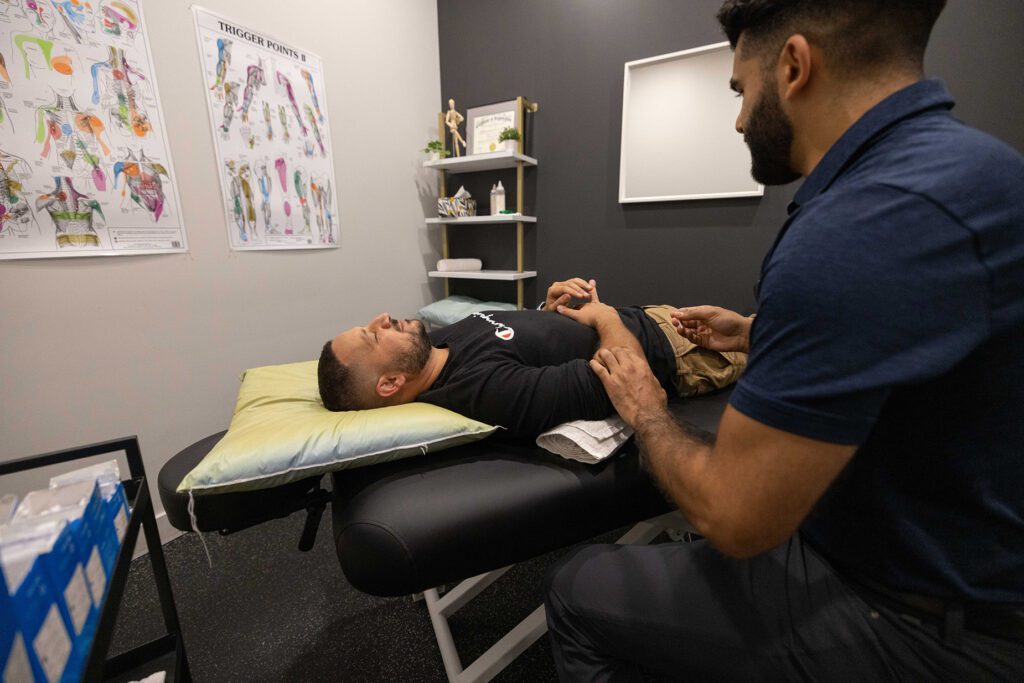How Vitality physiotherapists in Ottawa can help?
Rotator cuff tendinitis is a common musculoskeletal condition that affects the shoulder joint. A rotator cuff is a group of four muscles and tendons that attach to the shoulder blade and humerus bone. The tendons in the rotator cuff can become inflamed or torn, leading to pain and limited mobility. While rotator cuff tendinitis can affect anyone, it is more prevalent among older adults. This blog will explore the relationship between rotator cuff tendinitis and aging.
Aging is a natural process that affects every part of the body, including the musculoskeletal system. As we age, our tendons, ligaments, and muscles lose elasticity and become weaker. This can lead to wear and tear, making us more susceptible to injuries like rotator cuff tendinitis. In fact, research shows that rotator cuff tendinitis is one of the most common shoulder conditions in older adults.
There are several reasons why aging increases the risk of rotator cuff tendinitis. First, as we age, the blood supply to the tendons in the rotator cuff decreases. This reduced blood flow can lead to a decrease in oxygen and nutrient supply to the tendons, making them more vulnerable to injury. Second, as we age, the tendons in the rotator cuff become less elastic and more prone to tearing. Finally, overuse and repetitive stress on the shoulder joint can also increase the risk of rotator cuff tendinitis, and older adults may be more susceptible to these factors due to previous injuries or wear and tear. At Vitality, our physiotherapists are able to accurately assess and diagnose different shoulder conditions based on your health history as well as function. Your recent activities can help the physiotherapist identify what may have been the cause of the injury and can build a personalized treatment plan to reach your goals. This will allow you to return to pre-injury activities and do all the activities you love to do in Ottawa.
While aging increases the risk of rotator cuff tendinitis, it is not an inevitable condition. There are steps that can be taken to reduce the risk of developing this condition. For example, regular exercise can help maintain shoulder strength and flexibility, which can reduce the risk of rotator cuff tendinitis. In addition, maintaining good posture and avoiding repetitive stress on the shoulder joint can also help prevent this condition. Other things that can help reduce the risk of shoulder tendinitis are diet and nutrition. Speaking to a naturopathic doctor can help identify if there are any variables in your diet or blood work that can increase your risk of developing tendinitis.
Symptoms of rotator cuff tendinitis can include pain in the shoulder and upper arm, weakness in the arm, and limited mobility. These symptoms can be particularly challenging for older adults, as they can impact daily activities such as dressing, bathing, and reaching for objects. If left untreated, rotator cuff tendinitis can lead to more severe injuries, such as rotator cuff tears, which may require surgery to repair.
Treatment for rotator cuff tendinitis typically involves a combination of rest, physical therapy, and anti-inflammatory medications. In some cases, corticosteroid injections may be recommended to reduce inflammation and pain. Surgery may be required in severe cases or when other treatment options have not been successful.
Understanding the Role of Physiotherapy in Rotator Cuff Tendinitis
Physiotherapy is an effective treatment option for rotator cuff tendinitis, especially in older adults. As mentioned in the previous section, rotator cuff tendinitis is a common condition that affects many people as they age. Symptoms of rotator cuff tendinitis can be particularly challenging for older adults, as they can impact daily activities and lead to decreased quality of life. This is where physiotherapy comes in, as it can help alleviate symptoms and improve mobility.
Physiotherapy is a non-invasive treatment option that can help relieve pain, reduce inflammation, and improve shoulder function in patients with rotator cuff tendinitis. In the case of rotator cuff tendinitis, physiotherapy may involve a combination of exercises, manual therapy, and education. Let’s take a closer look at each of these components.
Exercises: A physiotherapist will typically prescribe exercises that focus on improving the strength and flexibility of the shoulder joint. These exercises are tailored to the patient’s specific needs and abilities and may include exercises to strengthen the rotator cuff muscles and improve range of motion. By strengthening the shoulder joint, patients can improve their ability to perform daily activities and reduce the risk of future injuries.
Manual therapy: In addition to exercises, a physiotherapist may also use manual therapy techniques to alleviate pain and improve mobility. Manual therapy can include techniques such as joint mobilization and soft tissue massage. These techniques can help improve blood flow to the affected area, reduce inflammation, and increase the range of motion.
Education: Finally, a physiotherapist can provide education to patients with rotator cuff tendinitis on how to prevent further injury and manage their condition. This education may include tips on proper posture and body mechanics, exercises to perform at home, and how to modify activities to avoid exacerbating symptoms.
Physiotherapy can be an effective treatment option for older adults with rotator cuff tendinitis, as it is non-invasive, personalized, and can improve shoulder function without the need for surgery. While physiotherapy may take time to produce results, it can lead to long-lasting improvements in mobility and quality of life.
In conclusion, physiotherapy is an effective treatment option for rotator cuff tendinitis, especially in older adults. By focusing on exercises, manual therapy, and education, physiotherapists can help alleviate pain, reduce inflammation, and improve shoulder function in patients with rotator cuff tendinitis. If you are experiencing symptoms of rotator cuff tendinitis, it is important to seek medical attention and consider physiotherapy as a treatment option. Remember, taking proper care of your musculoskeletal system can lead to improved quality of life as you age.
FAQs
1. How long does it take for rotator cuff tendonitis to heal?
The healing time for rotator cuff tendonitis can vary depending on the severity of the injury, but typically it takes between 6 weeks and 6 months to fully heal. However, some people may take longer if their injury is more severe.
2. What exercises should I avoid with shoulder tendonitis?
It is best to avoid any exercises that involve lifting, pushing, or pulling with the affected shoulder. This includes exercises such as shoulder presses, chest presses, lateral/frontal raises, pull-ups/chin-ups, and any other exercises that require you to lift heavy weights or perform repetitive movements with your shoulder.
3. What is the best sleeping position for rotator cuff injury?
The best sleeping position for a rotator cuff injury is on your back with a pillow under your shoulder to keep it in a neutral position. Additionally, it is important to keep your shoulder in a slightly elevated position while you sleep to avoid putting too much pressure on the rotator cuff.











